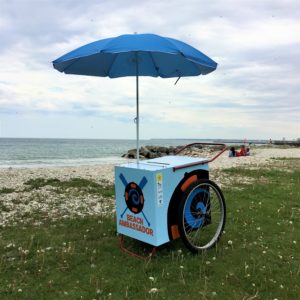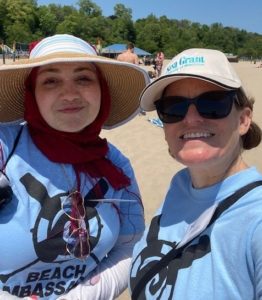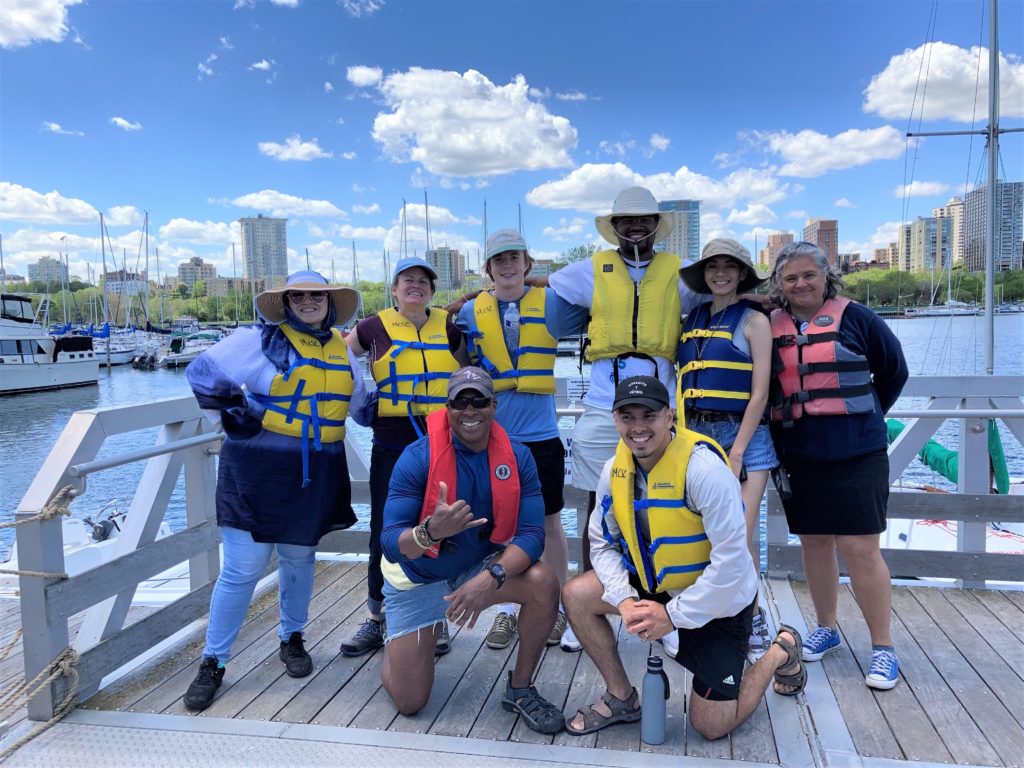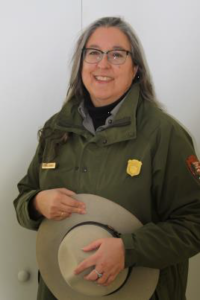Detroit flooding previews risks from a warming climate
Six inches of rain battered the Detroit metro area last weekend, a deluge that overwhelmed the region’s drainage system. Hundreds of basements flooded, cars floated on freeways, and the usually-packed Interstate 94 looked more like a river than a roadway. Read the full story by Great Lakes Now.
Great Lakes Commission
https://www.glc.org/dailynews/20210702-flooding-detroit














